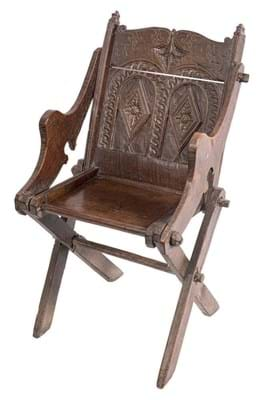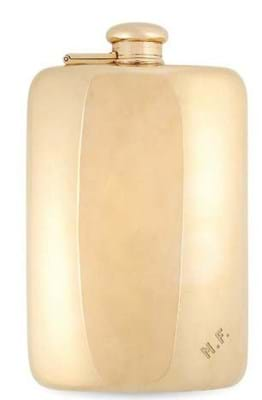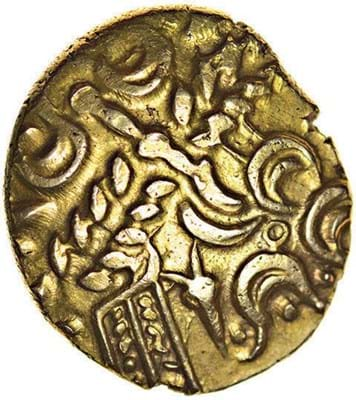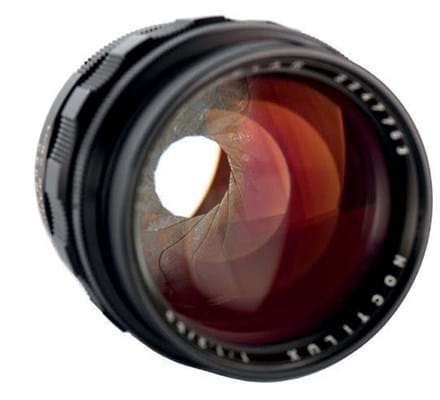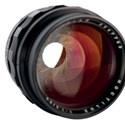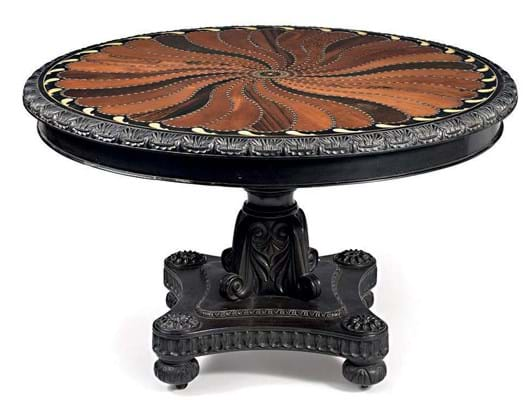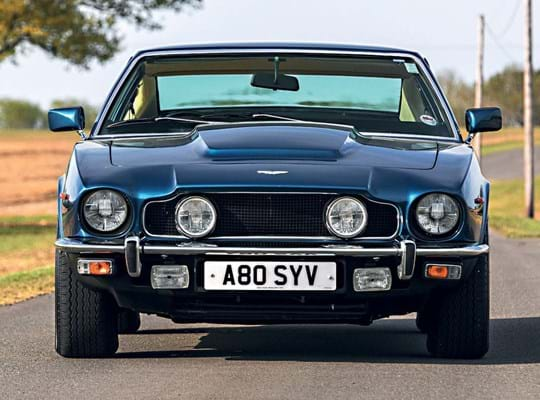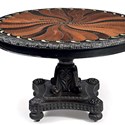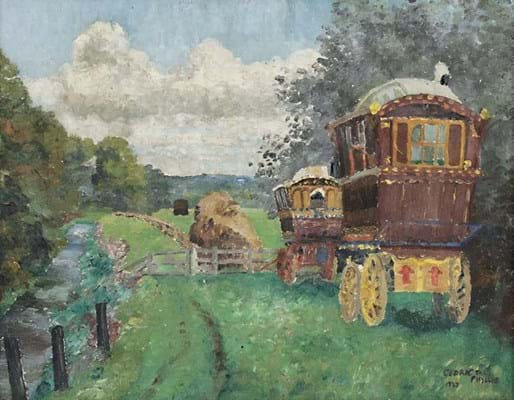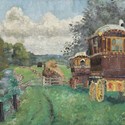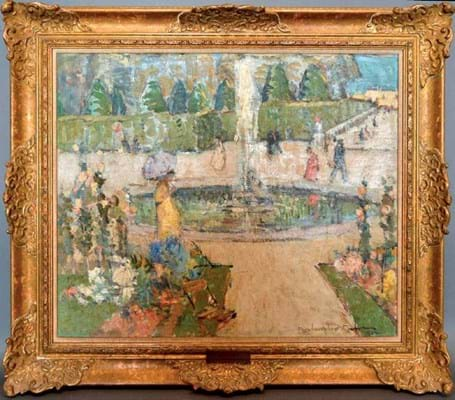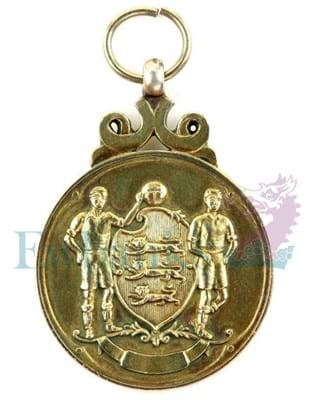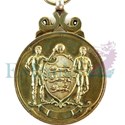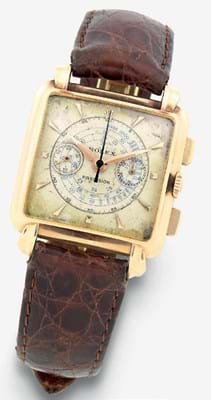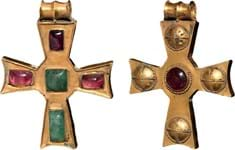
Establishing the true market value for any item has enabled auctions to be one of the longest-standing and most reliable building blocks of the modern economy. For centuries they have survived and thrived through economic change, wars, the birth of the internet and, now, a global pandemic.
More than three million visits to thesaleroom.com in the month of July alone demonstrates that interest in auctions is alive and flourishing.
This has been a difficult period, with every auction house making critical decisions on whether to postpone sales or shift to online-only. Auctioneers are entrepreneurs at heart, and innovation in the face of new opportunities or changing circumstances is a hallmark of the most successful. Over the past few months, we have seen a huge array of such innovation by many auction houses, each one working to make the best of a challenging time and keeping the show on the road where they could.
Some even put their calendars to one side and staged one-off sales – or included special lots in other sales – to raise funds for the NHS: Omega Auctions, Cheffins, Dix Noonan Webb, Forum Auctions, Fellows, Dawsons, Hansons, Hartleys, Philip Serrell and Flints, to name a few, all got involved and collectively raised hundreds of thousands of pounds for charities such as the Covid-19 Urgent Appeal.
During lockdown we witnessed auctioneers’ determination to continue trading be it via their living rooms, kitchens or gardens as they turned their homes into virtual salerooms.
Auctions that were able to go ahead by moving entirely online found no shortage of bidders. Following a few challenging months, I am pleased to say that we are now seeing auction calendars returning to close to their pre- Covid schedules.
Nevertheless, the auction landscape has been changed forever by this event. Brand-new bidders have been introduced to the world of auctions, and bidders who had previously bid only in person and never considered buying online are now using the internet like seasoned dealmakers.
It’s too early to know how many of those new bidders will keep coming back to buy at auction and how many will remain online, but, as with all retail-related industries, Covid-19 has accelerated the shift towards online. The challenge – and opportunity – for all of us is how to adapt.
Early days
By early March it was obvious that auctions, dealers and fairs were not going to be able to continue operating as normal for some time. On March 23, as the entire country went into lockdown, the Government released new Health Protection Regulations, which included auction houses in the list of businesses required to close temporarily.
Over 200 auctions scheduled for the first two weeks of April were postponed. Thankfully, after a few weeks of uncertainty, local councils did permit auction houses to run their sales – once they realised they were online-only and thus fully compliant with health and safety measures. We supported some auction houses in their communications with local authorities around this to enable sales to continue online and, more generally, we ensured our support staff were available for auction houses and bidders throughout lockdown so that those firms willing to hold sales were able to do so on our marketplaces. We also waived our subscription fees for auction houses.

Lyon & Turnbull managing director Gavin Strang conducting a marathon 12-hour live online-only auction in April with almost 1400 internet bidders registering for the sale.
In April and May we ran a series of seven webinars for auction house staff, covering key aspects of how to use the GAP Toolbox, timed auction best practice etc. These sessions proved highly popular, with each webinar enjoying an average of 100 participants.
By mid-May, almost a third of the UK’s art and antiques auctioneers were active again, with more returning in June and July when further restrictions were lifted – in some cases with auctions taking place outside or in marquees to enable social distancing.
Auction houses have rallied to find solutions to get the best out of their online-only auctions, making the experience as bidder-friendly as possible by increasing the number of photos per lot, providing remote viewing via video calls, enabling online payments, using ‘no contact’ delivery services and, where possible, providing generous terms for storage during the worst of the crisis.
We were glad to be able to support the communication of many of these changes by continuing to publish an edition of Antiques Trade Gazette each week during lockdown and by providing regular updates on both the Gazette website and on thesaleroom.com.
We also recognise that auctions are just one part of the art and antiques ecosystem. To keep the flow of items moving, Antiques Trade Gazette offered dealers the opportunity to list for free an item of current stock in a new weekly Dealers Online section which ran during lockdown. In all, more than 300 items were promoted and the feedback from dealers who were able to sell their stock as a result was rewarding to receive.
Auction it and they will come
Live online auctions have continued since lockdown ended, but we are now seeing significantly more timed sales, which are well suited to social distancing and which seem to appeal to many new bidders who do all their other buying online and who now are exploring auctions online as well.
Since the start of May, 16 auctioneers ran their first timed auction on thesaleroom.com and were united in the success of their sales. Other auctioneers are exploring this option as a fallback plan in case Covid-19 persists or returns.
Increasing bidder demand
Even before the pandemic, auctions were seeing a steady growth in bidder numbers and in sales going online. During the crisis, the sales that did go ahead may have been smaller than usual but bidder demand increased, meaning many auctions enjoyed record levels of online interest and bidding.
In May, total monthly visits to thesaleroom.com were back to normal levels following a dip in April, rising to 3.3 million in July – 28% more than in July last year. Also, in June, we saw an average of 398 registrations per auction – up 60% on the same period last year.
Account creations on thesaleroom.com were up 46% overall between April and July, versus the same period last year. And in July alone, with yet more auctions back on the calendar, there were more than twice as many account creations as in July 2019.
Hammer prices have held firm, and in many cases exceeded expectations, with 32% of lots selling above high estimate in July, both in the room and online. That translates into almost a third more lots selling above estimate, year on year.
New records were reached for individual auctions, too, including a four-day sale at Adam Partridge at the end of May which, at nearly 2700 lots, was one of the largest art and antiques auctions held during the UK’s lockdown. A record 5016 bidders registered, with over three-quarters of them using thesaleroom.com.
Collectables, cars and jewellery
Supply and demand for items such as jewellery, coins, collectables and books, which are relatively portable and easy to package and deliver, held up much better during the lockdown than other sectors. We’ve seen a pronounced and consistent spike in searches for collectors’ items or investment pieces, which are often seen as safe havens during periods of economic volatility.
The highest climbers have been major watch brands such as Rolex and Cartier (searches went up 27% in the first three weeks of lockdown ), gold sovereigns (up 54%), wine (up 15%), vinyl records (up 61%), collectors’ toys (up 77%) and precious stones (up 21%).
Auctions with large numbers of these collectors’ pieces have been extremely popular. For instance, two sales of fine art and specialist items from Richard Winterton and Hannam’s in May saw seven times more bidders registering than usual. And a watches sale from Fellows in May broke a house record for the number of registered bidders on a timed auction.
Another outperforming category has been classic cars, auctions of which have received as many as three times the number of bidder registrations as other categories, alongside high sell-through rates.
Some car auctions performed even better than would have been expected in ‘normal’ times, which some have put down to collectors having more time on their hands and cash to spare, that might otherwise have gone towards other luxuries such as holidays. All this even though in many cases bidders chose not to view the lots in person.
Bulkier goods such as furniture and sculpture were less popular at the peak of lockdown, but interior sales returning in June did very well – most likely because of all the time that people have been spending in their homes lately.
In fine art sales, market activity has been reduced in recent months, but got off to a flying relaunch at the end of June when Sotheby’s sold £292m of modern and contemporary art at its theatrical New York sale – entirely live-streamed from London for the first time.
The migration to online
The latest Hiscox Online Art Trade Report stated that online sales of art, antiques and collectables rose 4% in 2019. While that growth rate had been slowing in recent years, the weeks since April have demonstrated that there is clear appetite and willingness for new buyers to view and purchase high value items online. So, we can expect the events of 2020 to dramatically increase online demand in future.
The migration to online sales has also brought about some noticeable changes to the profile of buyers at auctions. In sales held on thesaleroom.com in June and July, 21% of bidders were first-timers – twice the norm – and half of all bids made were placed on mobile or tablet devices.
Alongside this, expectations about buying online have also changed, and a smooth buyer experience is crucial to keep bidders coming back.
Lots with good quality imagery and detailed descriptions have much higher sell-through rates and achieve higher hammer prices than those that do not. Just a few extra minutes taking additional photographs of a lot can be the difference between selling and not selling. As a result, we are already seeing many auctioneers paying even more attention to the quality of the images and descriptions.
The delivery experience will be more and more important, too. New bidders will expect efficiency, clarity of communication, and a greater focus on sustainable features like ‘green’ packaging solutions.
In summary – in the coming years internet bidding will continue to increase.
The past few months have presented our industry with operational challenges that none of us could have foreseen; Covid-19 has forced everyone to work harder and faster to find ways to keep business going. But keep going we did, and I am proud to be part of a historic industry that has proven time and time again that it can adapt and innovate with the best of them.
John-Paul Savant is chief executive officer of Auction Technology Group which owns Antiques Trade Gazette and thesaleroom.com
Stats from thesaleroom.com
- Account creations in April to June up 46% year-on-year
- Registrations per auction in June up 60% year-on-year
- In July: 3.3 million visits to the website
Timeline of Covid-19 and auctions
Lots illustrated were sold to online buyers on thesaleroom.com (hammer prices displayed)
March
Auctions and fairs start to close as restrictions come into place in mid-March.
The Government releases new Health Protection Regulations on March 23, which include auction houses in the list of businesses that are required to close. Over 200 auctions scheduled to take place in the first two weeks of April are postponed or cancelled. The rapid changes to the UK auction calendar are covered by real-time updates on the Antiques Trade Gazette website.
SOFAA and the British Art Market Federation (BAMF), along with Auction Technology Group (ATG), successfully lobby the Department for Digital, Culture, Media & Sport and the Department for Business, Energy & Industrial Strategy to encourage the removal of auction houses from the list of premises that are closed to the public, and to include auction houses in the list of businesses allowed to apply for the initial government grant.
ATG supports several auction houses in their communications with local authorities to enable sales to continue online-only.
Covid-19 information page launches on thesaleroom.com
Auction house Fellows holds a live online-only sale of jewellery and watches from the front room of the firm’s managing director Stephen Whittaker.
April
ATG waives all auctioneer subscription charges for three months on thesaleroom.com and reduces commission charges for timed auctions to 3% until September 2020.
ATG assists auctioneers throughout April with the postponing of auctions and switching live auctions to live online-only or to timed auctions. All changes are updated on thesaleroom.com and in the Antiques Trade Gazette calendar.
The live online-only Decorative Arts: Design from 1860 auction on April 1 held by Lyon & Turnbull in Edinburgh lasts 12 hours, with managing director Gavin Strang the solo auctioneer on the rostrum for the entire sale.
May
Watches, jewellery, collectables and classic car auctions attract the highest volumes of bidders on thesaleroom.com and achieve high sell through rates as more auction houses return to the rostrum with live online-only sales.
The four-day Boutique Sale at Adam Partridge sets a new record on the saleroom.com, attracting almost 4,000 registered online bidders, the highest ever achieved on the auction marketplace. An impressive 92% of the lots are sold.
In Germany, Munich firm Neumeister holds the country’s first public live auction since lockdown, although no more than 20 bidders are allowed in the room.
In France auction houses are permitted to reopen premises to the public with Paris auction centre Hôtel Drouot stating its intention to reopen on May 25.
June
Auction houses in England can reopen premises from June 15 provided new ‘COVID-19 secure’ guidelines are respected. In Northern Ireland shops, outdoor markets and auction houses also reopen this month, with auction houses in Scotland permitted to reopen their premises from June 29.
Auction house Spink helps Captain Tom Moore remount his military medals.
thesaleroom.com records record numbers of auction registrations with an average of 398 registrations per auction – up 60% on the same month last year.
July
Auction calendars are almost at normal levels, all respecting social distancing rules.
Dreweatts begins running its timed sales on thesaleroom.com and becomes the 70th firm to use ATG’s GAP White Label Product, enabling the Berkshire auction house to run sales on its own site and on thesaleroom.com simultaneously.
At the end of this month auction houses are permitted to reopen premises in Wales (the last of the UK’s devolved nations to do so), though some firms there decide to continue with online-only auctions for the foreseeable future.
August
Illustrating how regulations during this period keep changing fast, with little advance notice and vary across the UK’s devolved nations, face coverings become mandatory at auction houses in England from August 8.
In Scotland, a new list of venues where face coverings are required is published but it does not include auction houses. However, people are required to wear them in shops and expected to wear them at indoor venues where social distancing is not possible.
In Northern Ireland, face coverings are now required in indoor spaces where social distancing is not possible whereas in Wales, they are recommended for such indoor spaces.

